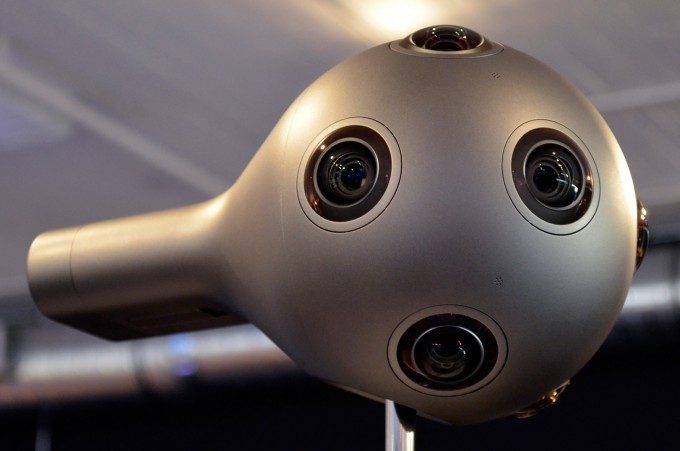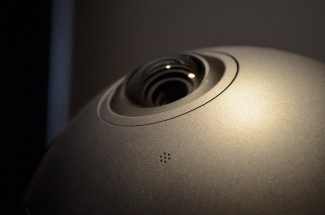Nokia has sent out invites for a forthcoming event in Los Angeles on November 30th asking guests to “join us for the exclusive unveiling” of Ozo, the company’s professional VR camera.
![]() Nokia’s reveal of the Ozo camera back in July was a significant first step for the company into the virtual reality market. Having sold it’s mobile phone business to Microsoft in 2013, Nokia Technologies, a subsidiary in Nokia formed in 2014, continues on as the company’s licensing and R&D arm, and their sites appear set on VR.
Nokia’s reveal of the Ozo camera back in July was a significant first step for the company into the virtual reality market. Having sold it’s mobile phone business to Microsoft in 2013, Nokia Technologies, a subsidiary in Nokia formed in 2014, continues on as the company’s licensing and R&D arm, and their sites appear set on VR.
Road to VR has learned that the November 30th event will see the announcement of Ozo launch details including specs, price, and release date.
Nokia made early Ozo cameras available to select content creators who have been filming with the camera; new content from those early shoots will be featured at the event. The engineering and design teams behind the camera will be present alongside members of the professional content creation industry.
See Also: Close Up – ‘OZO’ VR Camera is Classic Nokia Design, From the Future
 During our time with the camera at the Ozo reveal event, we were impressed with the group-up design of the camera for virtual reality and its real-time 3D Preview capability. The real time preview allows filmmakers to see through the camera’s lenses, with a VR headset in 3D with headtracking, instantly, without sending the data to a render farm to be stitched together after capture. Filmmakers can also monitor each individual camera stream or pan around the spherical composition on a monitor. This means faster framing and getting and idea of what the output will look like in VR while still on set.
During our time with the camera at the Ozo reveal event, we were impressed with the group-up design of the camera for virtual reality and its real-time 3D Preview capability. The real time preview allows filmmakers to see through the camera’s lenses, with a VR headset in 3D with headtracking, instantly, without sending the data to a render farm to be stitched together after capture. Filmmakers can also monitor each individual camera stream or pan around the spherical composition on a monitor. This means faster framing and getting and idea of what the output will look like in VR while still on set.
That’s quite the shift from many 360 camera rigs which often consist of many individual cameras all capturing an individual part of the video onto their own memory, needing to be compiled and stitched together in post-processing.
 As far as capture quality goes, the test footage I saw from Ozo is up there with the best 3D VR video capture I’ve seen. Each camera on the array shoots at 2K x 2K resolution, with eight cameras total, capturing an entire sphere of the scene. The synchronized cameras use a global shutter which eliminates the potential for a rolling shutter effect which can impact capture performance for fast moving objects. Each camera lens covers a 195 degree field of view, offering quite a bit of overlap from one view to the next. Eight microphones capture spatial audio.
As far as capture quality goes, the test footage I saw from Ozo is up there with the best 3D VR video capture I’ve seen. Each camera on the array shoots at 2K x 2K resolution, with eight cameras total, capturing an entire sphere of the scene. The synchronized cameras use a global shutter which eliminates the potential for a rolling shutter effect which can impact capture performance for fast moving objects. Each camera lens covers a 195 degree field of view, offering quite a bit of overlap from one view to the next. Eight microphones capture spatial audio.
We’ll have our eye on Nokia’s forthcoming Ozo event for the latest on this exciting VR camera.







